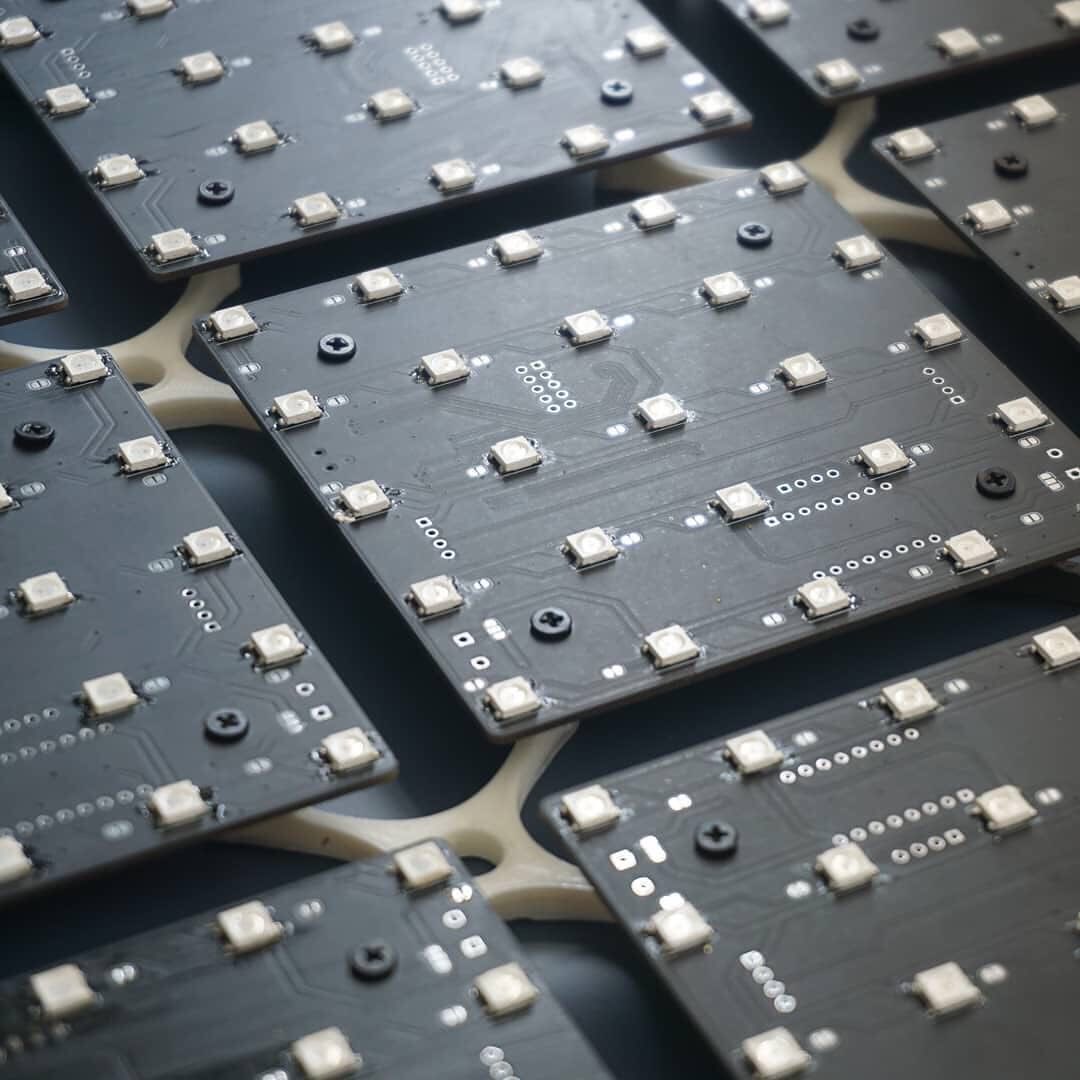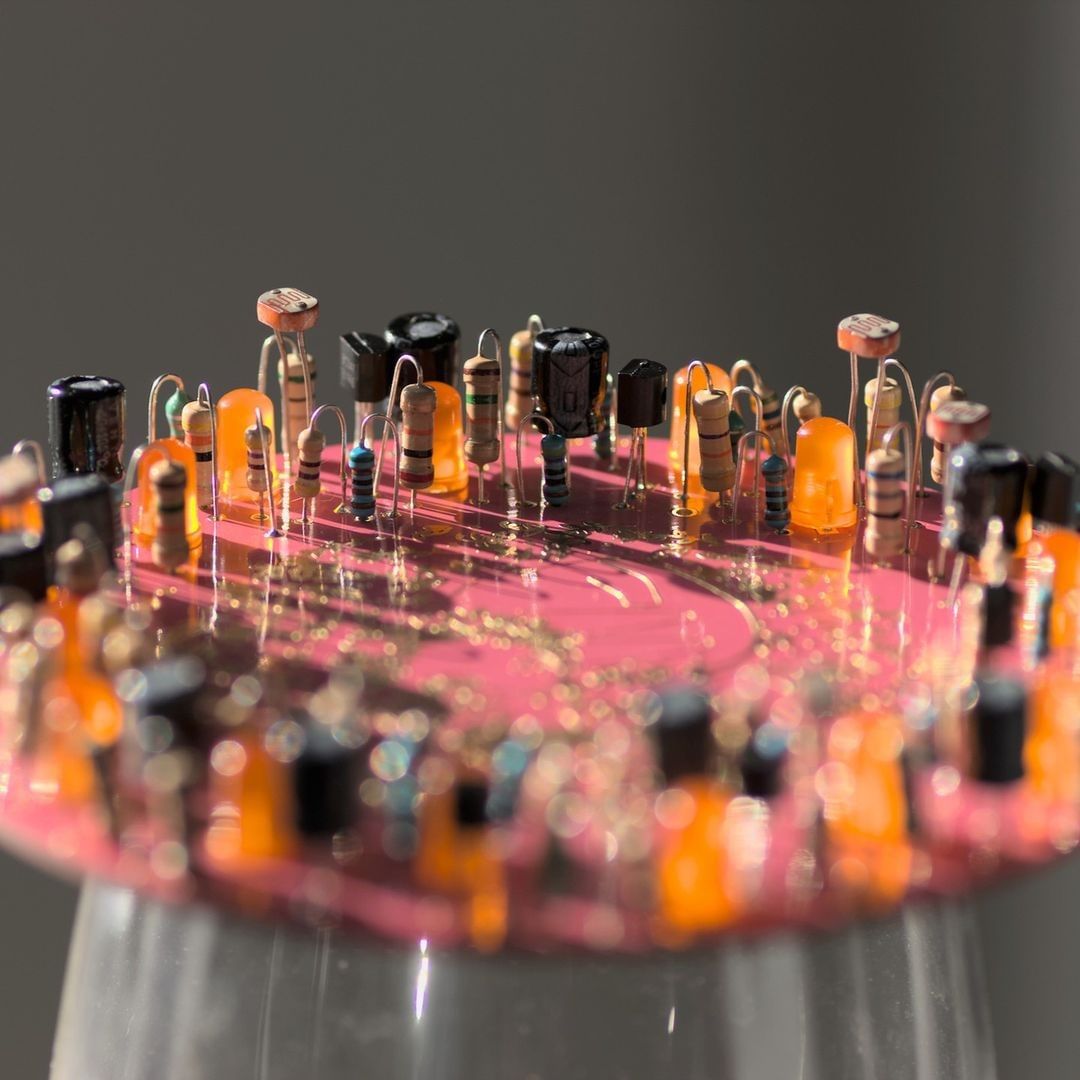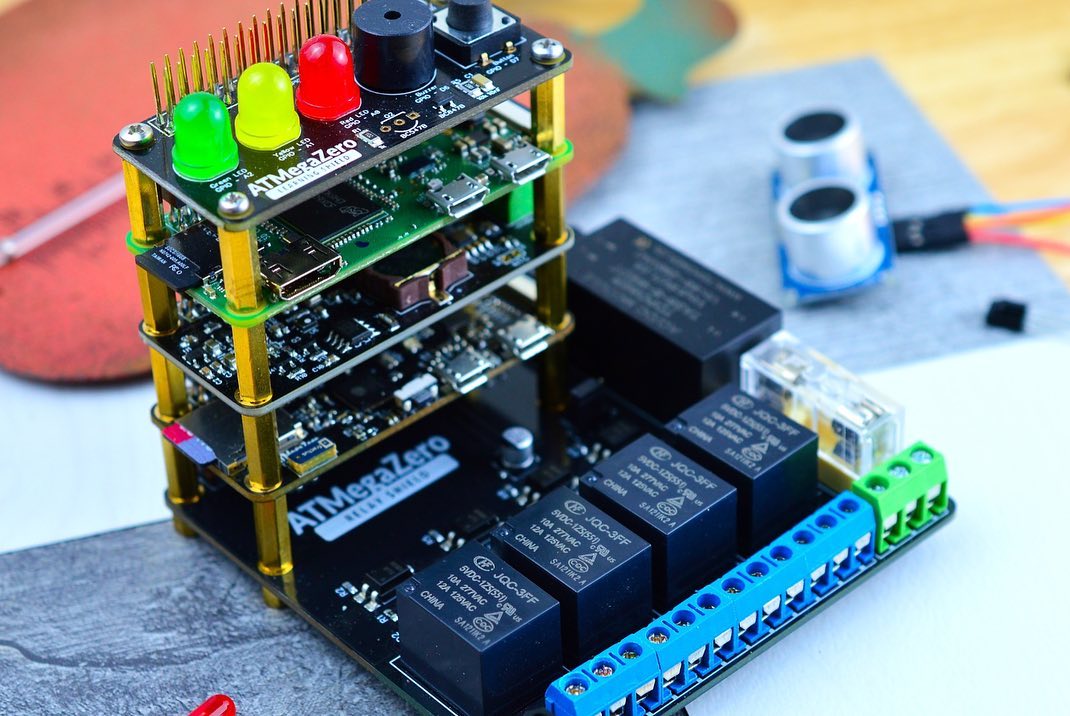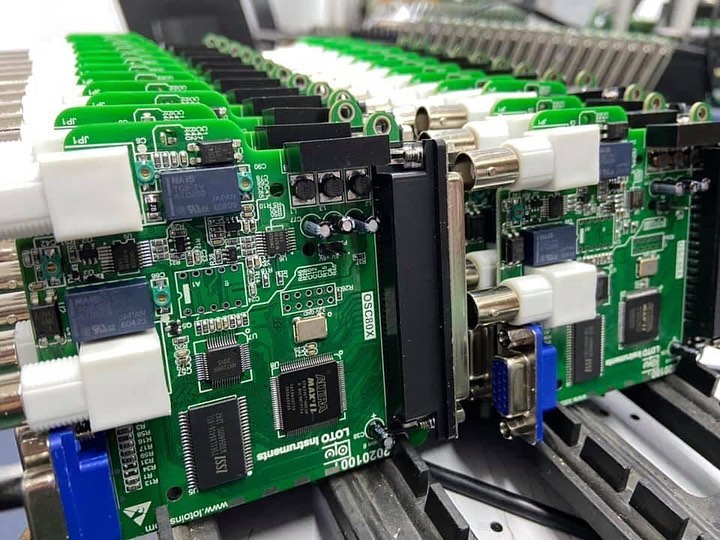Multilayer PCB Definition
Generally, there are single-sided, double-sided and multilayer PCB board. For some
simple electrical appliances, such as radios, a single-sided PCB is sufficient. However,
with the development of the times, for multi-functional and small-volume electronic
products, single-sided and double-sided PCB can not fully meet the requirements, but
multilayer PCB board must be used. Multilayer PCB board has many advantages, such as:
high assembly density and small volume; The connection between electronic components is
shortened, the signal transmission speed is fast, and the wiring is convenient; Good
shielding effect, etc.
There is no limit to the number of layers of multilayer PCB board. At present, there are
more than 100 layers of multilayer PCB board, commonly 4L and 6L PCB boards. Then,
multilayer PCB board compares with single-sided PCB and double-sided PCB, which layers
are composed of? What are their meanings and uses? Let's have a look together.
Signal Layer
The signal layer is divided into the top layer, the middle layer and the bottom layer,
and is mainly used for placing various components or for wiring and welding.
Internal Plane Layer
The internal plane layer, also known as the internal power layer, is dedicated to the
layout of power lines and ground lines. This type of layer is only used for multilayer
PCB board. We call it double-layer, 4L and 6L boards, generally referring to the number
of signal layers and internal power/ground layers.
Mechanical Layer
Mechanical layer defines the appearance of the whole multilayer PCB board. In fact, when
we talk about mechanical layer, we mean the appearance structure of the whole multilayer
PCB board. Mechanical layer is generally used to place indicative information about
board making and assembly methods, such as physical dimension line of circuit board,
data, via information, etc. This information varies according to the requirements of
design companies or PCB manufacturers. In addition, the mechanical layer can be attached
to other layers to output the display together.
Solder Mask Layer
Refers to the part of the multilayer PCB board to be painted with green soldermask oil.
Actually, the soldermask layer uses negative output, so after the shape of the
soldermask layer is mapped onto the board, the soldermask is not painted with green oil,
but the copper is exposed. Usually, in order to increase the thickness of copper foil,
the soldermask is removed green oil, and then tin is added to increase the thickness of
copper wire.
Paste Mask Layer
Its function is similar to that of soldermask layer, except that it corresponds to the
pad of surface-mounted component during machine welding. Maybe at this point, everyone
is still confused about the concepts of soldermask layer and paste mask layer. In fact,
to sum up:
Role:
① Soldermask layer is mainly used to prevent PCB copper foil from being directly exposed
to the air and play a protective role.
② Paste mask layer is used to make stencil mesh, and the stencil mesh can accurately put
solder paste on the SMD pad to be soldered.
Difference:
① Soldermask layer means to open a window on the whole piece of soldermask green oil in
order to allow welding.
② By default, all areas without solder mask should be coated with green oil.
③ Solder flux layer is used for SMD packaging.
Keep out Layer
Used to define the area where components and wiring can be effectively placed on the
circuit board. Draw a closed area on this floor as the effective area for wiring, and it
is impossible to automatically lay out and wire outside this area.
Silkscreen Layer
Silkscreen layer is mainly used to place printed information, such as outline and
marking of components, various annotation silkscreens, etc. Generally, all kinds of
marked silkscreens are in the top silkscreen layer, and the bottom silkscreen layer can
be closed.
Multi-Layer
The upper pad of the circuit board and the penetrating via hole need to penetrate the
whole multilayer PCB board and establish electrical connection with different conductive
pattern layers, so the system specially sets up an abstract multi-layer. Generally, the
pads and vias should be arranged on multi-layer, and if this layer is closed, the pads
and vias cannot be displayed.
Drill Layer
The drilling layer provides drilling information in the circuit board manufacturing
process (for example, pads and vias need to be drilled).
System
The working layer is used to display the information of violation of design rules.
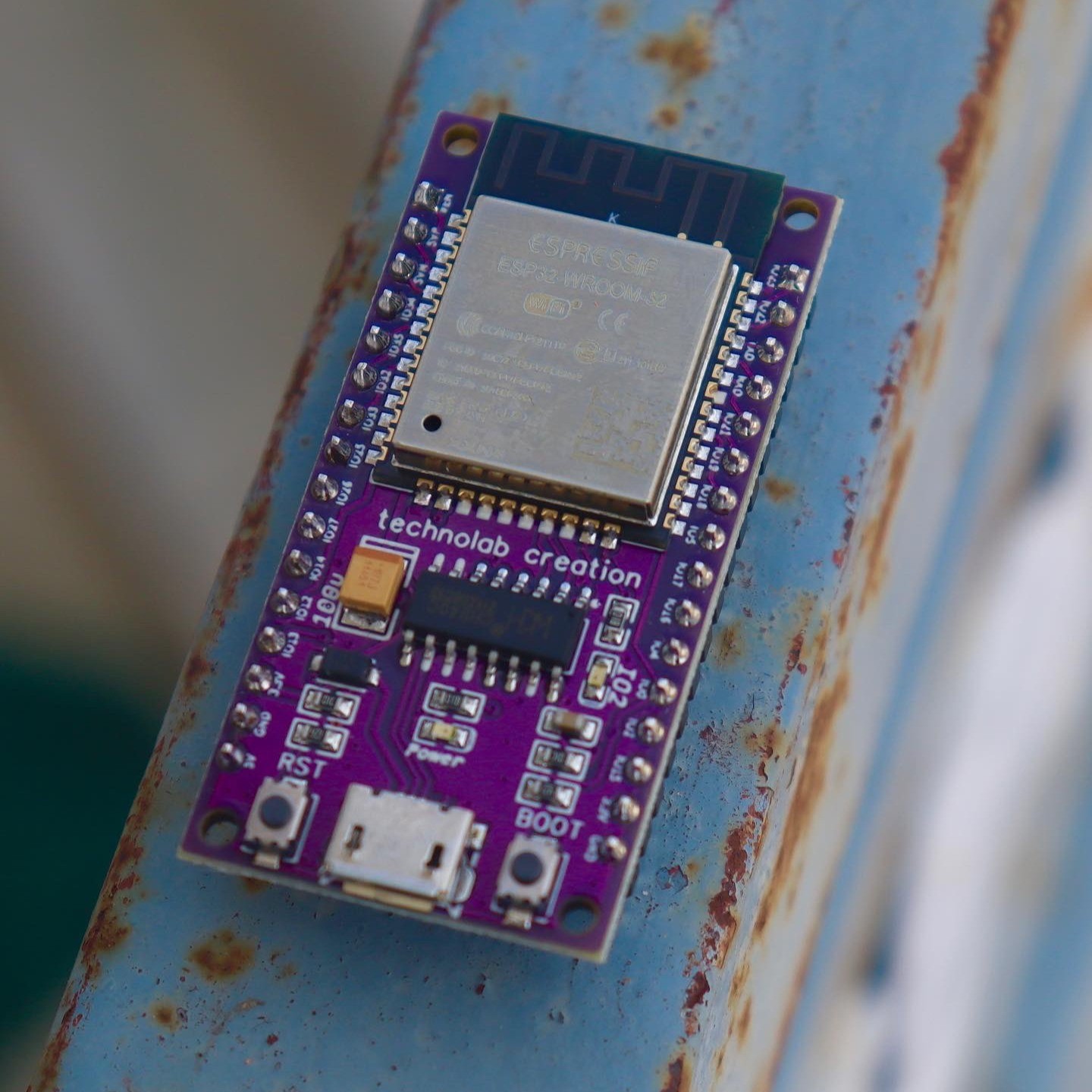
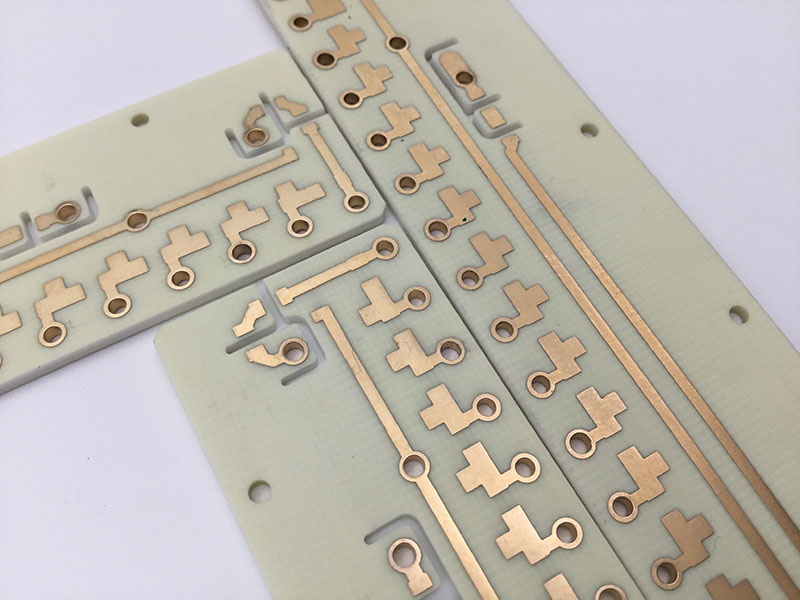
Multilayer PCB design
1. Determination of board shape, size and number of layers Any multilayer PCB board has the problem of assembling with other structural parts.
Therefore, the shape and size of multilayer PCB board must be based on the structure of
the whole product. However, from the perspective of production technology, it should be
as simple as possible, generally rectangular in length-width ratio, so as to facilitate
assembly, improve production efficiency and reduce labor costs.
The number of layers must be determined according to the requirements of circuit
performance, board size and circuit density. For multilayer PCB board, 4L boards and 6L
boards are most widely used. Take 4L boards as an example, that is, two conductor layers
(component surface and soldering surface), one power layer and one ground layer.
The layers of the multilayer PCB board should be symmetrical, and it is best to have
even copper layers, i.e. four, six, eight layers, etc. Because of asymmetric lamination,
the board surface is prone to warping, especially for surface-mounted multilayer PCB
board, which should be paid more attention to.
2. Location and orientation of components The location and placement direction of components should first be considered from the
aspect of circuit principle to cater to the trend of circuit. The rationality of the
placement will directly affect the performance of the multilayer PCB board, especially
the high-frequency analog circuit, which obviously requires more stringent device
location and placement.
Reasonable placement of components, in a sense, indicates the success of the multilayer
PCB design. Therefore, when setting out the layout of multilayer PCB board and deciding
the overall layout, we should make a detailed analysis of the circuit principle, first
determine the location of special components (such as large-scale IC, high-power
transistor, signal source, etc.), and then arrange other components to avoid possible
interference factors.
On the other hand, we should consider the overall structure of the multilayer PCB board
to avoid uneven arrangement and disorder of components. This not only affects the beauty
of multilayer PCB board, but also brings a lot of inconvenience to assembly and
maintenance.
3. Requirements of wire layout and wiring area In general, the wiring of multilayer PCB board is carried out according to circuit
functions. When wiring on the outer layer, it is required to have more wiring on the
welding surface and less wiring on the component surface, which is conducive to the
maintenance and troubleshooting of multilayer PCB board.
Thin, dense wires and signal lines susceptible to interference are usually arranged in
the inner layer. A large area of copper foil should be evenly distributed on the inner
and outer layers, which will help to reduce the warpage of the board and obtain a more
uniform coating on the surface during electroplating.
To prevent short circuit between layers caused by shape processing and printed wires and
mechanical processing, the distance between conductive patterns of inner and outer
wiring areas and the board edge should be greater than 50mil.
4. wire direction and line width requirements Multilayer PCB board wiring should separate the power layer, ground layer and signal
layer to reduce the interference between power, ground and signal.
The lines of two adjacent multilayer boards should be perpendicular to each other or
inclined or curved as far as possible, instead of parallel lines, so as to reduce the
interlayer coupling and interference of the substrate. And the wires should be as short
as possible, especially for small signal circuits. The shorter the wires, the smaller
the resistance and the smaller the interference.
The signal lines on the same floor should avoid sharp corners when changing direction.
The width of the wire should be determined according to the current and impedance
requirements of the circuit. The power input line should be larger and the signal line
should be relatively smaller.
For general digital boards, the line width of power input line can be 50 ~ 80 mil, and
the line width of signal line can be 6 ~ 10 mil.
When wiring, it should also be noted that the width of lines should be consistent as far
as possible, so as to avoid sudden thickening and thinning of wires, which is conducive
to impedance matching.
5. Requirements of drilling hole size and pad The hole size of components on multilayer PCB board is related to the pin size of
selected components. If the drilling hole is too small, it will affect the installation
and soldering of the device; The drilling hole is too big, and the welding spot is not
full enough during welding. Generally speaking, the calculation method of component hole
diameter and pad size is:
※Diameter of component hole = diameter of component pin (or diagonal line)+(10 ~ 30 mil)
※Element pad diameter ≥ element hole diameter +18mil
As for the via hole diameter, it is mainly determined by the thickness of the finished
board. For high-density multilayer boards, it should generally be controlled in the
range of board thickness: hole diameter ≤ 5: 1.
The calculation method of VIAPAD is: via pad diameter ≥ via diameter +12mil.
6. Requirements of internal plane layer, ground layer partition For multilayer PCB board, there is at least one power layer and one ground layer.
Because all the voltages on the multilayer PCB board are connected to the same power
layer, the power layer must be partitioned and isolated. Generally, the size of the
partition line should be 20 ~ 80 mil. The higher the voltage, the thicker the partition
line.
In order to increase the reliability and reduce the virtual welding caused by large-area
metal heat absorption in the welding process.
The aperture of isolation pad ≥ drilling aperture +20mil
7. Requirements for safe spacing The setting of safety distance should meet the requirements of electrical safety.
Generally speaking, the minimum spacing of outer conductor shall not be less than 4mil,
and the minimum spacing of inner conductor shall not be less than 4mil. Under the
condition that the wiring can be arranged, the spacing should be as large as possible,
so as to improve the finished product rate and reduce the hidden trouble of finished
board failure.
8. Improve the anti-interference ability of the whole board. Multilayer PCB design must also pay attention to the anti-interference ability of the
whole board. The general methods are:
Add filter capacitor near the power supply and ground of each IC, the capacity is
generally 473 or 104.
For sensitive signals on multilayer PCB, accompanying shielding wires shall be added
separately, and wiring near signal sources shall be as little as possible.
Choose a reasonable grounding point.








